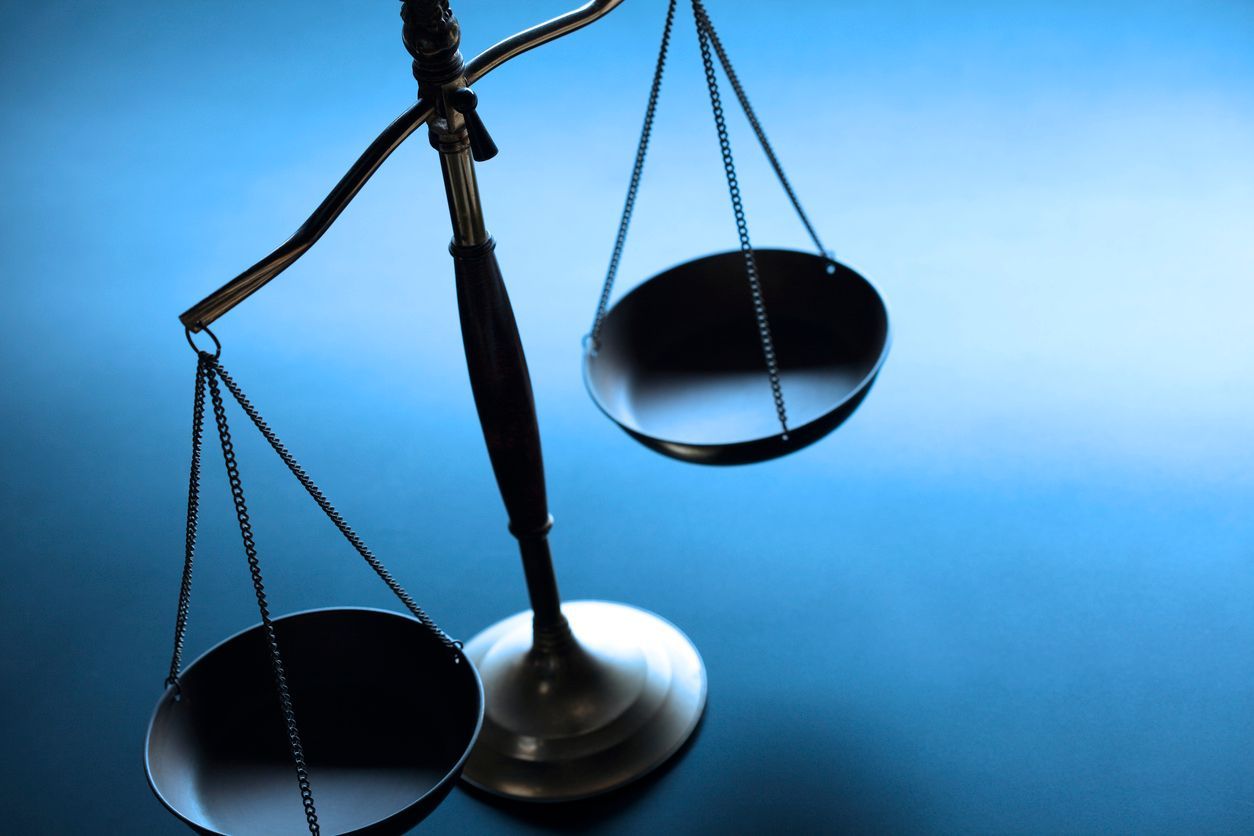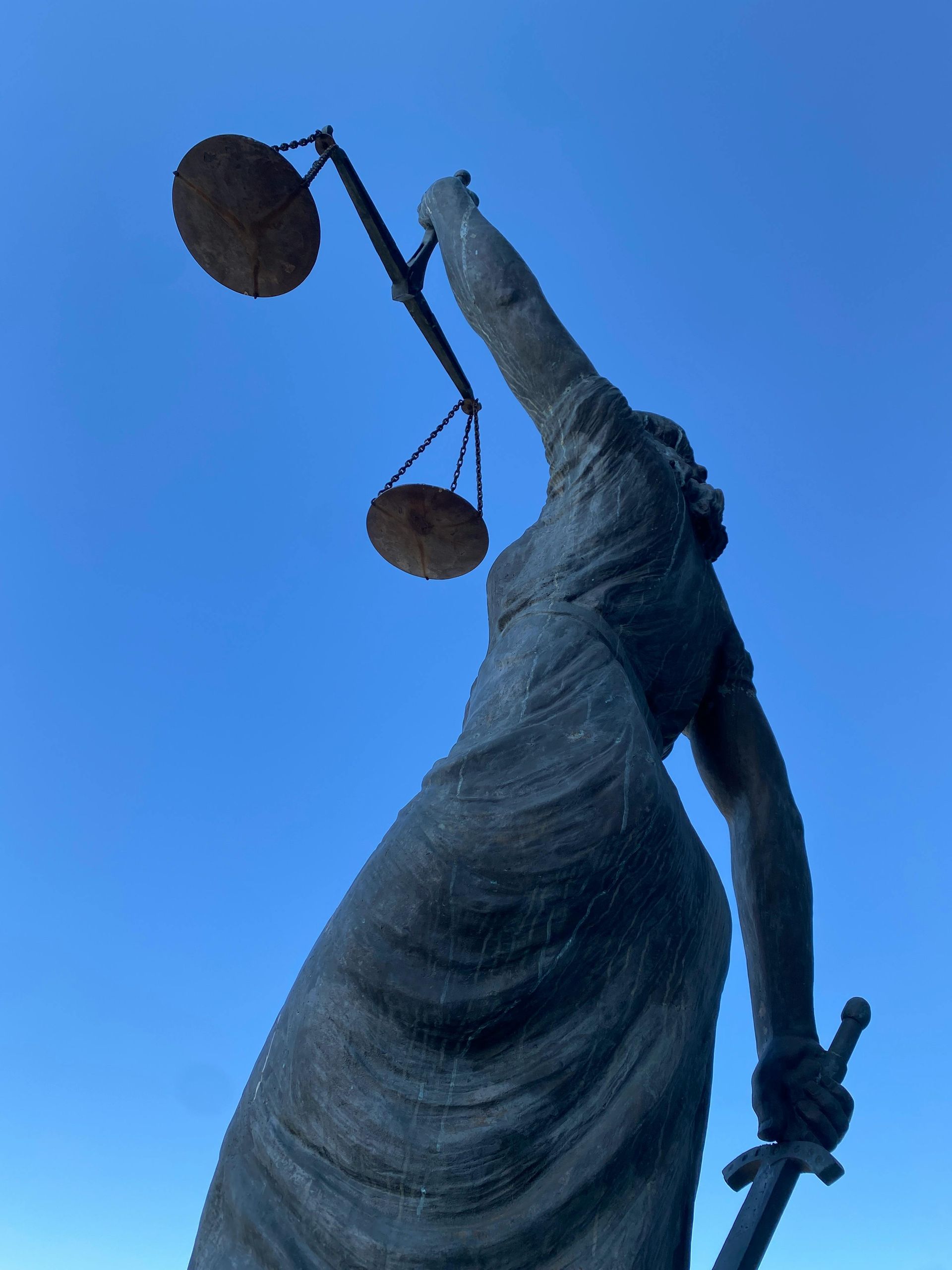Defending an Indecent Image Allegation
Following 'the knock' on the door, or police attendance at work you may be facing allegations of making indecent images of children and whilst experiencing the agonising wait for the police investigation to conclude you are wondering how to defend your case.
Call us Now
Indecent image offence investigations are heavily reliant on forensic examinations
of the electronic devices seized from the suspect, this can include; mobile phones, laptops, cameras, USB drives and tablet devices. Aside from what the suspect says in their police interview, forensics are a key aspect and will be the ultimate deciding factor as to whether a prosecution proceeds against the accused.
The offences
The three main indecent image offences include:
Other offences can and often do arise in image cases such as possession of extreme pornography,
possession of a prohibited image, or sexual communication with a child.
What are Indecent Images?
An indecent image is an image or data which is capable of being turned in to an image which is of an indecent nature and depicts a child under the age of 18 years old.
Whether an image is indecent is for the court or jury to consider by applying an objective test, taking into consideration the age of the child. The circumstances in which the photograph has been taken and motive of the person who took the image is not a relevant factor which requires consideration when an indecent image offence is in question.
How is the Age of a Child Proven?
In some cases the images suspected to be indecent can be on the very cusp of being legal. This can apply in cases where pornography is viewed which contains people who look very young, but in fact are adults. Where the age of the person depicted comes into question it is a task for the jury to determine age. Expert evidence is inadmissible on the subject of age, you can therefore not request a forensic expert to age the people in an indecent image.
Defences to Indecent Image Allegations
Legitimate Reason
This defence applies to offences of distribution of indecent images and/or possession of indecent images.
The accused must provide that they had a legitimate reason for the distribution or the possession. Whether a reason is legitimate depends on the facts of the case and circumstances. The jury will listen to the reason given by the defendant will determine with guidance on the law given by the judge.
Lack of Awareness
It is a defence for a person to say that they had not seen the photographs themselves, and therefore did not know nor have any cause to suspect them to be indecent.
Marriage and other Relationships
Section 1A of the Protection of Children Act 1978 and section 160A of the Criminal Justice Act 1988 provide confirmation that a defence is available for photographs of a child aged over 16 where the accused is married to, or in a civil partnership with them and where there is the consent from the child for that photograph to have been take and for the accused to have it in their possession.
Unsolicited Photographs
It is a defence if the accused can show that they received the image without requesting it and that they did not keep it for an unreasonable time. The issue of whether the length of time was unreasonable is again a matter for a jury to determine when hearing the facts of the particular case.
What If The Image Was Deleted?
Whenever a file is created on a device the operating system allocates available space to it. Unallocated space, sometimes referred to as unallocated clusters, is space that is not allocated to active files within the system of the device. Therefore, the user does not have access to an indecent image, or data capable of being turned into an image if the forensic examination shows that the evidence was retrieved from unallocated clusters. But does this escape liability? the answer is no, although the accused would not be able to access or control the image, the CPS in these circumstances are likely to charge for the offence of making an indecent image This would require the CPS to prove that at some stage the image was created on the device, which led to the allocation of the cluster, not that the user could access it.
Can Forensics Recover Deleted Indecent Images?
In some circumstances yes, the police can recover deleted files, even where they have been removed from the device users Recycle Bin. From a forensic viewpoint, the file will remain live on the drive and forensic software is used to carve through all areas of a hard drive and is able to retrieve previously deleted files which are no longer accessible to the user.
If specialist deletion software has been used then whether the police can recover the files varies and it would depend on the deletion software.
Police Forensic Examinations
Many police forces outsource forensic work to forensic analysis companies who prepare the initial Streamlined Forensic Reports (SFR's) for them. This is usually due to the huge back logs police are currently facing and the vast amount of cases requiring device examination.
What Should An SFR Contain In An Indecent Image Case?
SFR's are not necessarily detailed or lengthy reports, they are prepared to provide a summary of what has been found and will include:
- The quantity of images found
- Whether they are accessible on the device; and
- Any indicative search terms -indicative search terms are words or phrases that the user may have used on the device in order to obtain images, or which suggest an interest in underage images and/or videos.
Where the accused is defending the case their legal team are required by the Criminal Procedure Rules to say why the SFR is not accepted, and what the issues with it are. This will trigger the requirement for service of an SFR2, which can be more detailed and respond to the defence issues raised.
How do the Police Grade Indecent Images
The police use a database referred to as the Child Abuse Image Database (CAID), this was created to assist the police with cataloguing and grading indecent images of children, and to identify victims of child sexual abuse. This can speed up forensic work on devices as the software has access to all images compiled from devices seized in investigations worldwide. CAID uses software to review files found on any seized device and compares them with images held within police databases.
CAID processes images using 'hash' values, this is the metadata attached to each image file, once the image has been allocated the same grading by three separate UK Police forces it will be stored on CAID as a 'trusted' image. The grading categories are A- the most serious indecent image, B - images which do not involve penetration, C- lower level images which often relate to children in a state of undress or in a sexual pose.
Points to Consider When Defending an Indecent Image Case
Being accused of making, possessing, and/or distributing child pornography can be very distressing, embarrassing and life damaging. To protect your interests a specialist approach must be taken when defending indecent image allegations which are highly sensitive cases. Having knowledge of the way in which forensic examinations are conducted and images graded is essential.
The main points to consider when preparing a defence, and working with defence forensic experts include, but are not limited to:
- Accessibility of the Images
- Location of the Images
- Internet History of the Device User
- Interaction with the image file by the user
- Any relevant chats on the device relating to indecent images
- Carefully assessing the forensic work of the police and reliability of the expert used is also an important factor to consider. Raising any evidential issues which may arise from the processes and procedures applied can be advantageous.
How Eventum Legal Can Help?
For many years we have represented some of the most complex indecent image cases which have consisted of vast amounts of forensic evidence requiring very in depth analysis. Working with some of the country's leading barristers and forensic examiners we ensure a trusted an highly competent team are assigned to our clients cases. Having a keen eye for detail and not being afraid to challenge the police and CPS is what we pride ourselves on.
The consequences of a conviction for indecent images can be grave. A conviction has the power to take away a persons freedom, career and family life. Our aim is to make a difficult process more bearable for clients and our client care team strive to provide emotional support to them, whilst our excellent lawyers take care of the legal aspects of the case.
To discuss your case or if a family member or friend is currently facing indecent image related allegations, contact us today
for a free, non judgemental and strictly confidential discussion. We will work with you to put an action plan in place and work to get the best outcome possible.
We Can Help With

Understanding the difference between “consent” and “reasonable belief” can be key if you are being investigated or prosecuted for a sexual offence, where these two issues can arise. These are not just technical legal terms; they are real-world concepts that can affect the outcome of serious sexual abuse cases. At Eventum Legal, our aim is to help people grasp these important ideas so that they know where they stand, whether they’re seeking justice, facing an accusation, or just wanting to be informed. Consent and the Law: What Does It Mean? When it comes to sexual activity, the law makes it very clear that “consent” isn’t just about saying yes or no. Consent means agreeing by choice, having the freedom and capacity to make that choice, and being able to change your mind at any time, even if the sexual activity has begun. The Sexual Offences Act 2003 states that a person consents if they agree by choice and have the freedom and capacity to do so. In practical terms, this means no one should be pressured, forced, or tricked into sex. If someone is too drunk, too scared, or otherwise unable to decide, they cannot legally give consent. This applies also to issues with mental capacity where someone may not have the understanding or ability to give informed consent. When establishing whether consent or reasonable belief applies, the courts examine everything that happened, how the people involved acted, what was said, their relationship, and whether any threats were made. It’s not about just hearing a yes or no, but about whether the agreement was truly given, freely and knowingly, at the time. Reasonable Belief: The Other Side of the Coin While “consent” focuses on the person on the receiving end of sexual activity, “reasonable belief” is about the perspective of the person accused of the crime. UK law says it’s not enough for someone to claim they thought the other person was consenting. The belief that consent existed must be reasonable; it must meet the standard of what a reasonable person would think in those circumstances. This comes down to two questions: did the accused genuinely believe the other person was consenting, and would a reasonable person, knowing what the accused knew and considering everything that happened, have reached the same conclusion? It’s not a defence to say, “I just thought it was okay,” if evidence, actions, or common sense didn’t back that belief up. Courts look at whether the accused checked for consent, paid attention to what was happening, and took steps to make sure everything was agreed upon. How the Law Applies These Concepts The distinction between consent and reasonable belief matters because everyone is responsible for ensuring that consent is present, not just assuming or hoping it is. The prosecution in a sexual offence case has to prove that there was no consent or that the accused did not have a reasonable belief that consent existed. To judge this, courts examine the context: Were both people sober and able to make decisions? Was there clear, positive agreement? Did one person ignore signs of hesitation or discomfort? In cases where someone is very intoxicated or unable to communicate, the law presumes that there is no consent, and it is challenging for anyone to claim a reasonable belief otherwise. However, where alcohol is in question the issue can become complex as we all have difference alcohol tolerances, what may be too drunk to one person, could be different to the other. Therefore, working to establish the intoxication and affect is crucial for lawyers in some cases. In cases where it can be proven that that someone was too drunk to speak or move, and the accused says they thought there was consent just because the person didn’t say “no,” the court is unlikely to accept that as reasonable. The law expects people to check in with their partner, look for positive signs, and stop if there’s any doubt. Clearing Up Common Myths Many misunderstandings exist about how consent and reasonable belief work in real life. One myth is that if someone doesn’t say “no,” they must have agreed. The absence of a “no” is not the same as a “yes.” Another myth is that if two people are in a relationship or have had sex before, consent is always assumed. Every sexual act requires consent, every time. Some people also believe that as long as they honestly thought there was consent, that’s enough. But the law sets a higher bar: the belief has to be reasonable, meaning it must be backed up by what happened and what a reasonable person would think. In our digital age, misunderstandings can easily happen through text or online communication. Courts are aware of this and look at all available evidence, including messages and social media, to determine what happened. Other avenues of evidence exploration can include CCTV footage and witnesses. Why These Legal Standards Matter The way UK law approaches consent and reasonable belief has changed over time. In the past, people could argue they had an “honest” belief in consent, even if it wasn’t reasonable. That changed with the Sexual Offences Act 2003, which now requires honesty and reasonableness. This protects people from harm and ensures that the law takes the experiences and choices of everyone involved seriously. These rules are designed to keep people safe and ensure everyone’s rights are respected. The law encourages open communication, respect, and responsibility. It expects everyone to look for clear signs of agreement and to stop if there is any doubt or hesitation. What To Do If You’re Involved In A Sexual Offence Case Suppose you’re facing a situation involving consent or reasonable belief and you as the accused want to prove that either of these legal requirements existed, then you must seek legal advice and engage with specialist lawyers who can navigate the complexities of the key legal issues in sexual offence cases. These cases can be stressful and complex, and every detail matters: what was said, what was done, and what steps were taken to ensure everyone agreed. At Eventum Legal, we specialise in helping people understand their rights and responsibilities. We listen, explain your options in straightforward language, and support you throughout the process, always with respect and confidentiality. Whether you’re seeking justice, defending your reputation, or simply want to know your rights, we’re here to help. Frequently Asked Questions What is the difference between consent and reasonable belief? Consent is when a person freely agrees to a sexual act. Reasonable belief is whether the accused genuinely and reasonably believed that consent was given, based on all the facts. Can someone be convicted if they misunderstood consent? Yes, if their belief in consent wasn’t reasonable. The court looks at the whole situation, not just what the accused thought. How can I protect myself or prove consent? Open communication and ensuring everyone is comfortable and willing are the safest approaches. If you’re worried about misunderstandings, keep records of conversations. Where can I get help or advice? Contact Eventum Legal for confidential, expert support tailored to your needs.



